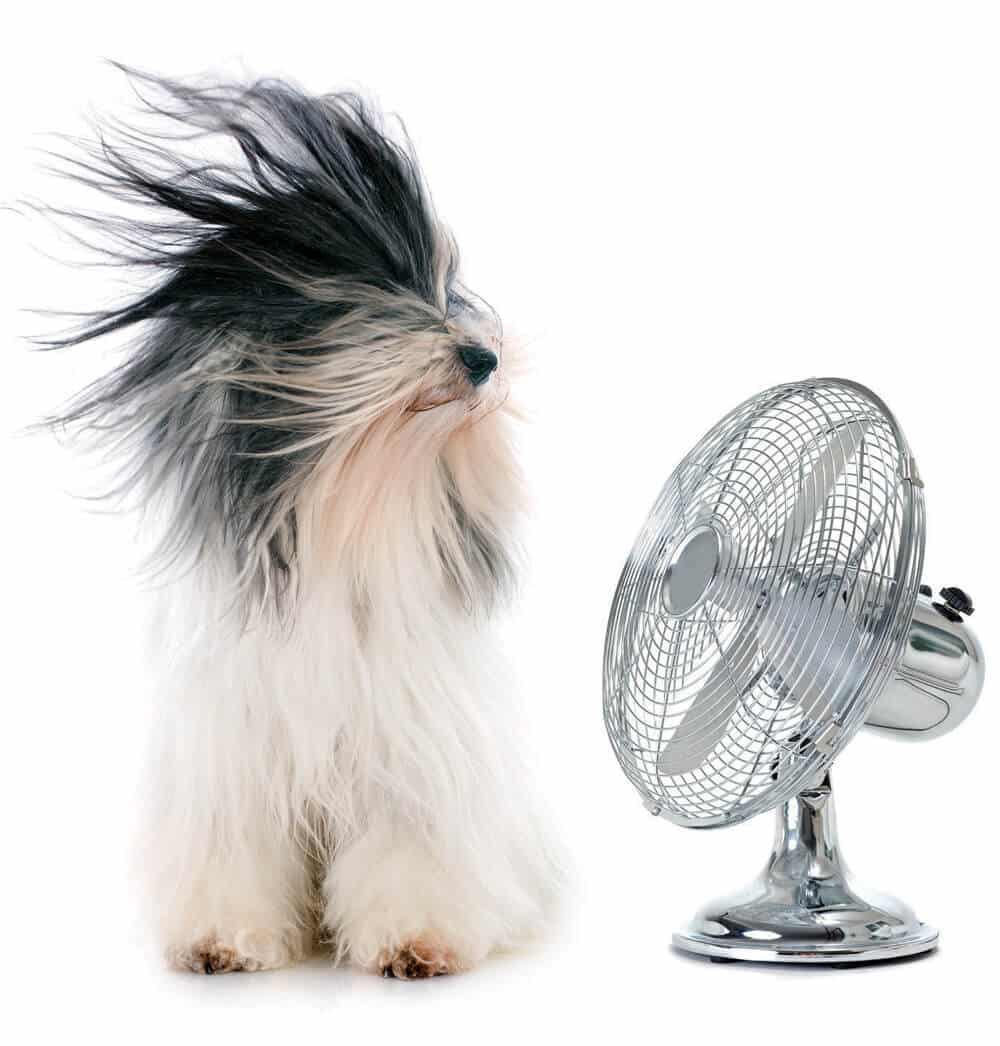Air Conditioning Tune-Up & Maintenance Services in MA
Have A Question?
Contact Us
In the dog days of summer, your AC system works overtime.
Now is the best time to make sure your equipment is ready.
Our comprehensive air conditioning tune-up and maintenance services are designed to keep your air conditioning system running smoothly and efficiently all year round. Call (508-668-8200) today to schedule your appointment!

Why Regular AC Tune-Ups Are Necessary
Your air conditioning unit should be checked annually to:
- Keep it running at peak efficiency
- Prevent costly breakdowns
- Extend the life of your equipment
- Maintain the manufacturer’s warranty
Like all mechanical devices, your air conditioning system needs to be periodically tuned up, inspected, and maintained to reach peak performance and prevent unnecessary breakdowns.
A professional AC inspection will identify potential issues and address them before they become major problems. Scheduling regular tune-ups will also help make your unit more energy efficient, allowing you to save on energy bills.
See Why Our Professional AC Tune-Ups Are Better
Sinclaire Home Services is your trusted partner for reliable and professional AC services in MA.
Highly Trained Experts
Our technicians are highly trained and specialize in a variety of cooling systems. Our professionals have many years of experience performing precision AC tune-ups and identifying potential problem areas that need to be addressed.
20-Point Professional AC Tune-Up
Our AC tune-ups examine more than 20 components of your system to ensure your air conditioning is running at peak performance. Our step-by-step process includes:
- Replacing the disposable 1″ air filter, if applicable
- Washing the permanent filter, if applicable
- Draining and cleaning the humidifier pan
- Inspecting blower motor
- Inspecting blower wheel and clean, if needed (mini-splits may incur additional costs)
- Cleaning and inspecting the blower compartment
- Inspecting the indoor coil
- Inspecting the TXV valve
- Cleaning the condensate pump
- Checking the control board and electrical connections
- Inspecting the contactor, capacitors, and relays
- Removing debris from the outside unit
- Washing the outdoor coil
- Checking disconnect
- Checking the fan blade
- Checking the compressor connections
- Checking the refrigerant charge (adding refrigerant is not included)
- Checking the operation of the whole system
- Checking temperature differentials
- Inspecting the outdoor coil for damage
Schedule Your Professional AC Tune-Up Today!
Whatever your tune-up needs are, you can count on Sinclaire Home Services to perform high-quality and honest inspections so you can keep your AC running all summer long. Call (508-668-8200) to schedule your service today.
See What Our Clients Say About Us
“Always great service from Sinclaire. I’ve been a customer for 15 years now.”
“The technician quickly and accurately diagnosed the problem and made the proper repair. As is typical of all of the Sinclaire staff, he was courteous and knowledgeable. I would highly recommend Sinclaire for the service they provide, it is second to none. “
“Our Sinclaire Home Services Manager was outstanding – incredibly knowledgeable about HVAC systems, very considerate, and diligent. We were very impressed and grateful. Thank you! “
“We have been using Sinclaire for several years now. They installed our AC and replaced our furnace and water heater. They were professional, timely, honest, and responsive. They did solid work and walked us through every step of the process.”
“Sinclaire fixed my downstairs AC yesterday quickly and professionally, more impressive than another company we had that could not figure it out. Last night it stopped running again. They arrived promptly today and found an old corroded wire. They replaced it and honored their work the day before, with no extra charges.”





